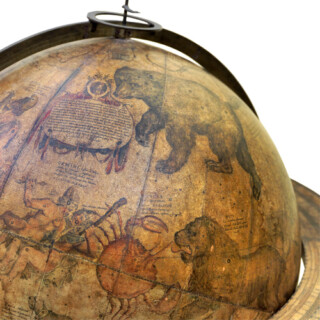-
×
 Daw's detailed plan of mid-Victorian St Pancras
1 × £4,500
Daw's detailed plan of mid-Victorian St Pancras
1 × £4,500
Imperial Federation - Map of the World showing the extent of the British Empire.
London,
supplement to the "Graphic", Maclure & Co. Queen Victoria Street,
1886
Chromolithograph map.
600 by 785mm. (23.5 by 31 inches).
3018
notes:
Striking pictorial map on Mercator projection centered on the Greenwich Prime Meridian, placing Great Britain just above the map's central focal point. The work was published as a colour supplement to The "Graphic" at the same time as Queen Victoria's Jubilee of 1886. British Isles, and British colonies spreading out to the east and the west, were highlighted with red, while other geographical areas were left blank with only a minimum number of place names. An inset box was...
bibliography:
provenance:







![[CRANE, Walter] Imperial Federation - Map of the World showing the extent of the British Empire.](https://i0.wp.com/crouchrarebooks.com/wp-content/uploads/2025/03/3018_1H.jpg?fit=1700%2C1269&ssl=1)
